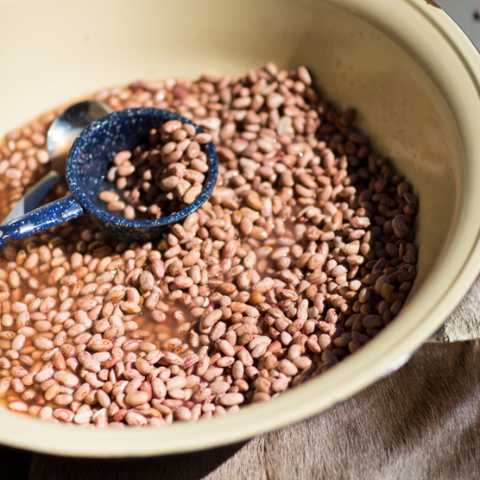In the world of nutrition, it's not just about the nutrients; sometimes, it's also about the anti-nutrients. These naturally occurring compounds, while often overlooked, can have an impact on the absorption of essential minerals in our bodies. Let's delve into the realm of anti-nutrients, explore the foods where they are commonly found, and discover how simple culinary techniques can help mitigate their effects.
Understanding Anti-Nutrients:
Anti-nutrients are compounds found in various foods, predominantly in plant-based sources, that can interfere with the absorption or utilization of nutrients. While they serve protective functions for plants, they can pose challenges for us as consumers. Common anti-nutrients include phytic acid, oxalates, tannins, lectins, and more.
Foods Rich in Anti-Nutrients:
-
Grains: Whole grains like wheat, rice, and oats contain phytic acid, affecting the absorption of minerals like iron, zinc, and calcium.
-
Legumes: Beans, lentils, and other legumes house lectins and phytic acid, potentially impacting nutrient absorption.
-
Nuts and Seeds: Almonds, peanuts, and sunflower seeds contain phytic acid. Proper preparation can reduce these levels.
-
Leafy Greens: Spinach and Swiss chard contain oxalates, which can hinder calcium absorption.
-
Tea and Coffee: Tannins in these beverages can interfere with mineral absorption, but moderate consumption is generally considered safe.
Preparing Food to Reduce Anti-Nutrients:
-
Cooking: Heat is your ally. Boiling, steaming, or sautéing foods can help break down or deactivate certain anti-nutrients. Consider incorporating cooked greens into your diet.
-
Blanching: A quick blanch in hot water can reduce anti-nutrient levels while preserving the freshness of your greens.
-
Soaking: Prioritize soaking grains, legumes, and even leafy greens to reduce phytic acid levels. This simple step can enhance nutrient availability.
-
Fermentation: Explore the world of fermented foods. Fermentation breaks down anti-nutrients, making them more digestible. Try incorporating sauerkraut or kimchi into your meals.
-
Combining with Vitamin C: Pairing foods high in vitamin C with iron-rich plant sources can enhance iron absorption, counteracting the effects of certain anti-nutrients.
-
While anti-nutrients exist in many of our favorite foods, understanding how to navigate their impact can empower us to make informed dietary choices. By incorporating mindful cooking techniques, we can enjoy a diverse and nutritious diet that maximizes the bioavailability of essential nutrients. So, embrace the art of preparation, experiment with different cooking methods, and savor the flavors of a well-balanced, anti-nutrient-conscious diet.



